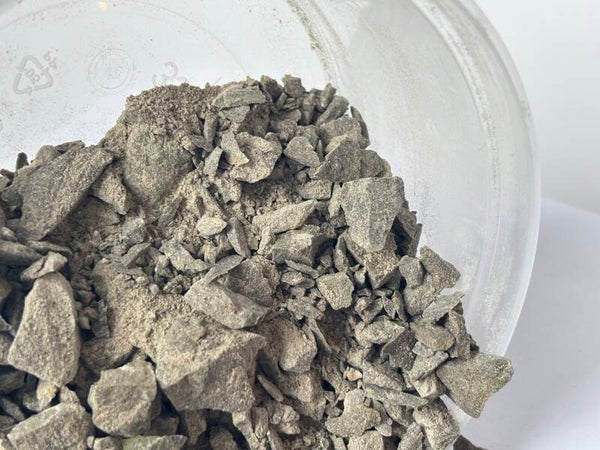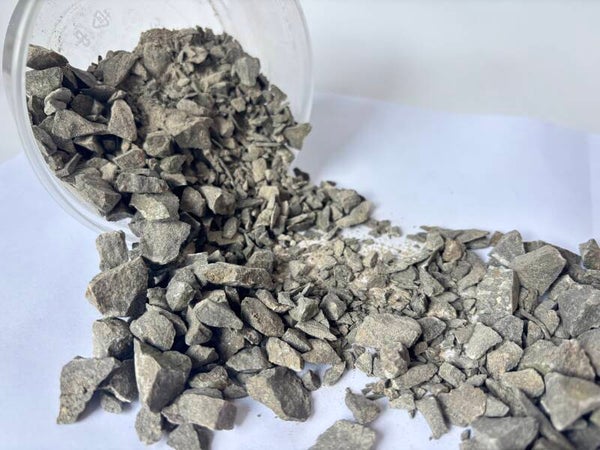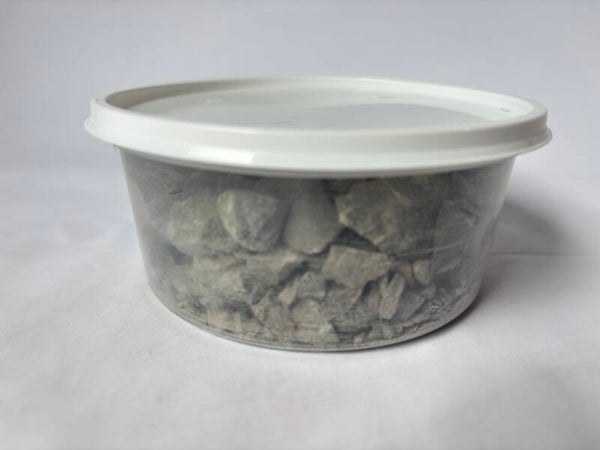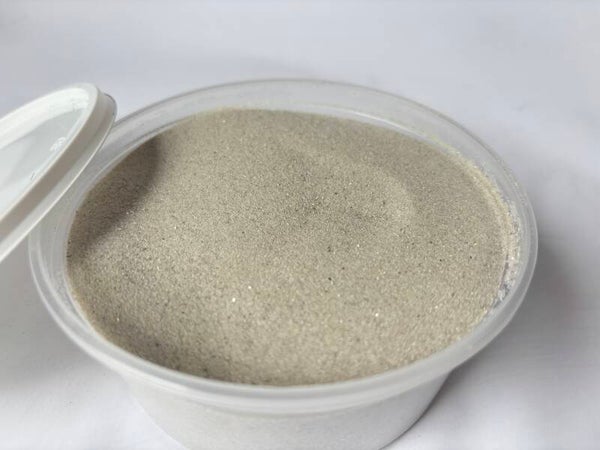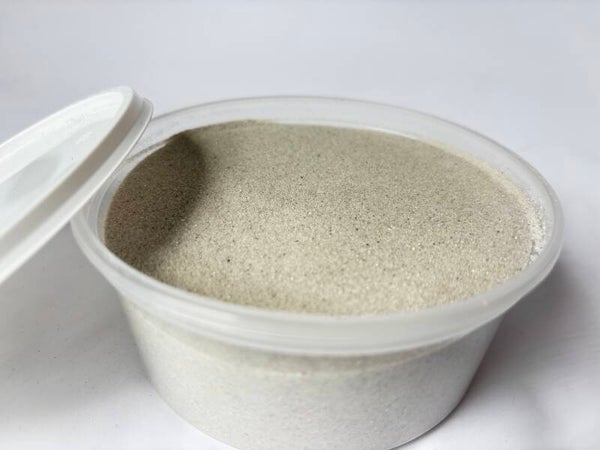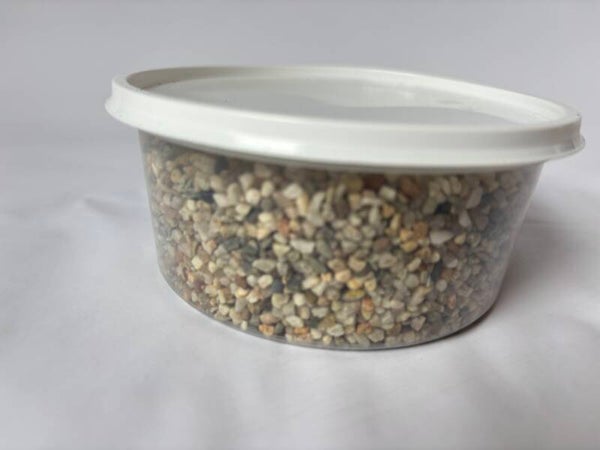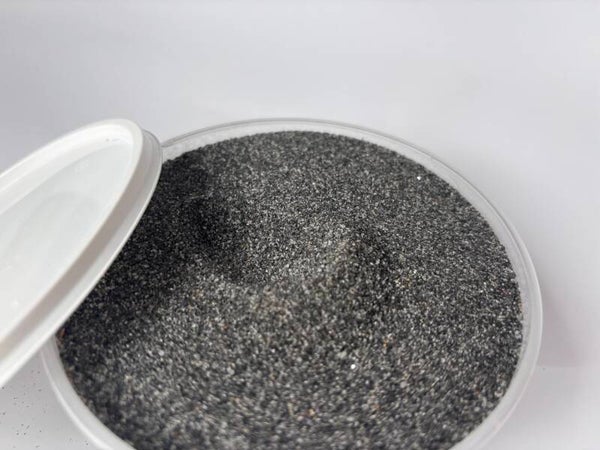Terrain material
Discovering Terrain Materials: From Sandstone to Gravel
Understanding the diverse range of terrain materials is crucial for various applications, from construction and landscaping to geological studies and environmental management. Each material possesses unique properties that determine its suitability for specific uses. In this guide, we'll explore some of the most common and significant natural terrain materials, including sandstone, granite, sand, and gravel.
Sandstone: The Sedimentary Foundation
Sandstone is a clastic sedimentary rock composed mainly of sand-sized mineral grains or rock fragments. Its formation occurs through the accumulation and cementation of sand, often in aquatic environments. Key characteristics of sandstone include its porous nature and varying hardness, depending on the cementing material (e.g., silica, calcite, iron oxides).
Uses of sandstone are extensive. It's a popular building material due to its attractive appearance, ease of carving, and durability. Historically, it has been used in magnificent structures worldwide, and today it remains a favored choice for architectural features, paving, and decorative elements in gardens and public spaces. Its natural beauty makes it ideal for creating natural landscapes and rock gardens.
Granite: The Igneous Powerhouse
Granite is a coarse-grained intrusive igneous rock composed primarily of quartz, feldspar, and mica. Formed from the slow crystallization of magma below the Earth's surface, granite is renowned for its exceptional hardness, density, and resistance to weathering.
The durability of granite makes it an incredibly versatile construction material. It's widely used for countertops, flooring, wall cladding, monuments, and curbing. Its polished surface provides a luxurious finish, making it a staple in both residential and commercial projects. When seeking durable natural stone for high-traffic areas, granite is often the top choice.
Sand: The Ubiquitous Fine Aggregate
Sand consists of finely divided rock and mineral particles, typically ranging in size from 0.0625 mm to 2 mm. It's formed by the erosion and weathering of rocks, transported by wind or water, and deposited in various environments like beaches, riverbeds, and deserts.
Sand is a fundamental component in countless applications. It's a primary ingredient in concrete and mortar, providing bulk and strength. In landscaping, it's used for drainage, leveling, and creating aesthetic features like sandpits and volleyball courts. Different types of sand, such as play sand, construction sand, and industrial sand, are optimized for specific purposes, highlighting its versatility as a fine aggregate material.
Gravel: The Coarse and Versatile Aggregate
Gravel refers to loose aggregates of rock fragments, larger than sand particles and typically ranging from 2 mm to 64 mm in diameter. Like sand, gravel is a product of natural erosion and weathering.
Gravel uses are diverse and widespread. It's extensively employed in road construction as a base material and for surfacing. In landscaping, gravel driveways, pathways, and drainage solutions are common due to its excellent drainage properties and relatively low cost. Decorative gravel also adds aesthetic appeal to garden beds and other outdoor spaces. For effective drainage solutions and hardscaping projects, gravel is an indispensable coarse aggregate.
Choosing the Right Terrain Material
When selecting terrain materials for your project, consider factors such as durability, aesthetic appeal, cost, and environmental impact. Whether you need the strength of granite, the versatile nature of sandstone, the foundational properties of sand, or the practical applications of gravel, understanding their unique characteristics will help you make an informed decision.
Looking for the best building materials, landscaping aggregates, or natural stone solutions? Explore the properties of sandstone, granite, sand, and gravel to find the perfect fit for your needs.






